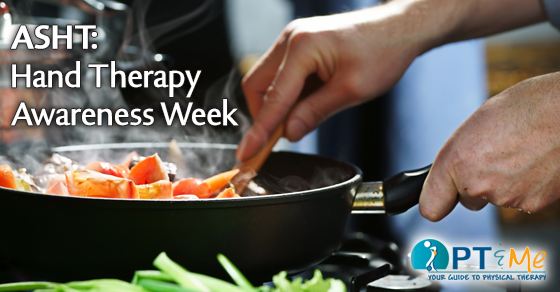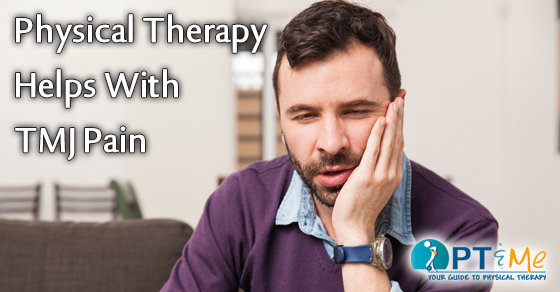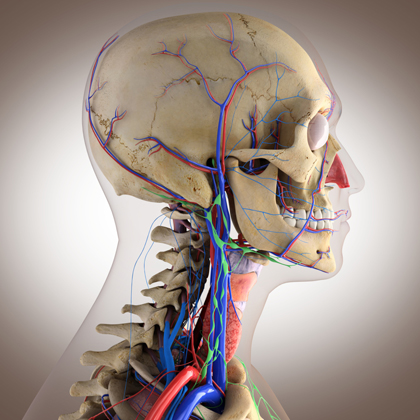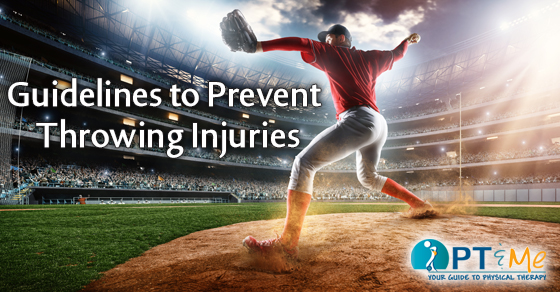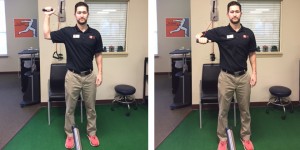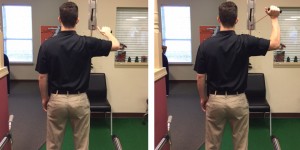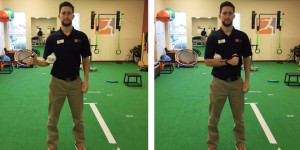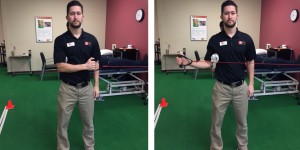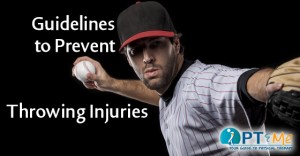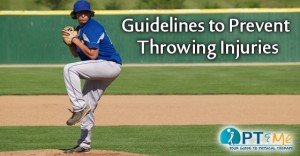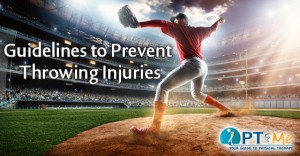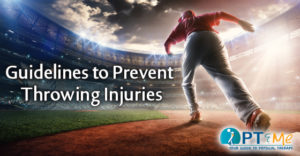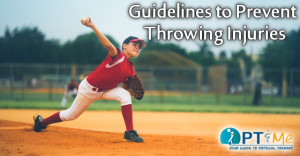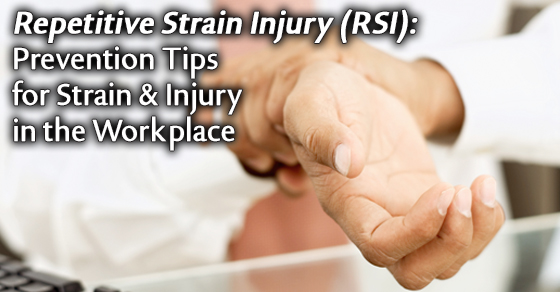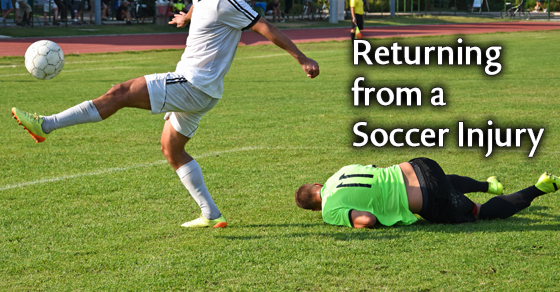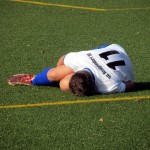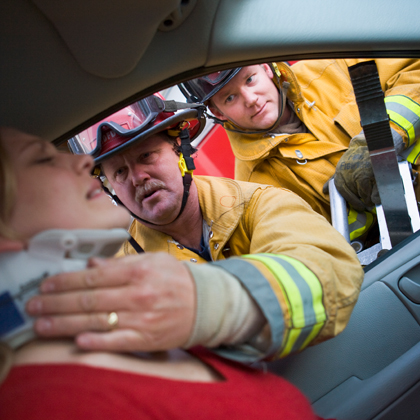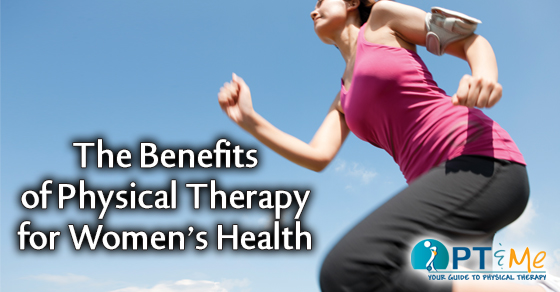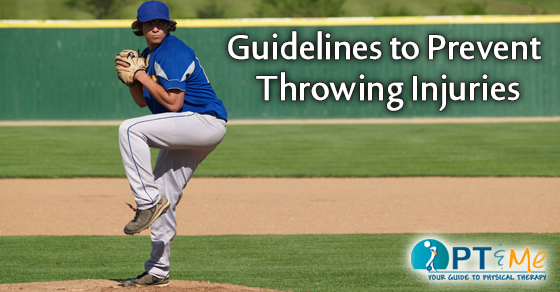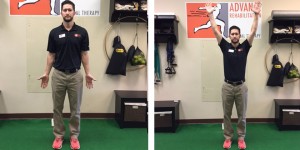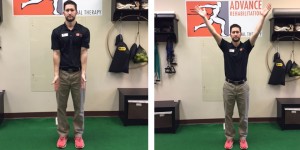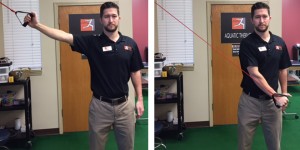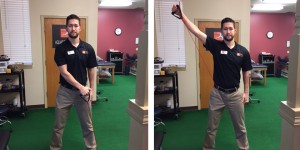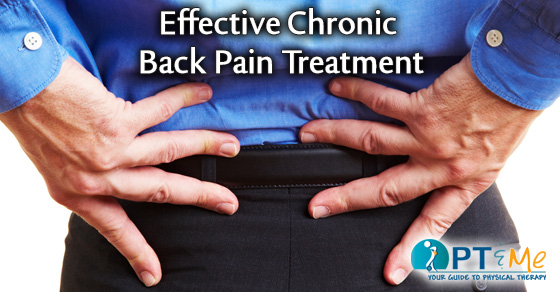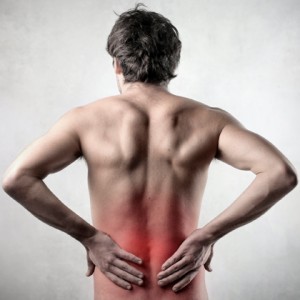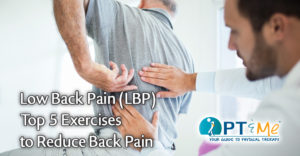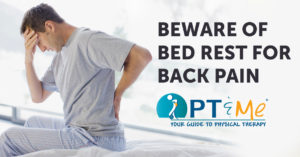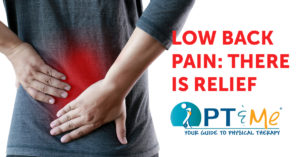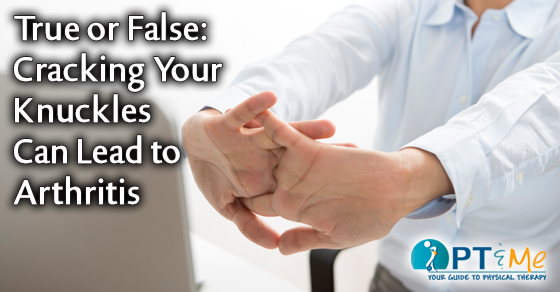
Crack. Pop. Click. These sounds jump from the joints of the many children and adults who are in the habit of cracking their knuckles.
If you cracked your knuckles as a child, you may have been warned that it could cause you to develop arthritis later in life. Is this true? Probably not, according to a handful of studies on the subject. While cracking your knuckles may not cause arthritis, some researchers believe that habitual cracking could create some problems later on. Not to mention that the incessant pops and clicks are likely to be a major annoyance to those around you.
Evidence for the Health Claim
Your knuckles are the joints in your fingers and toes. They are located where two bones meet, and they are bathed in a liquid called synovial fluid, which lubricates the joints. Sometimes a bubble of gas develops in the synovial fluid, and when the joint is manipulated in certain ways (eg, when a person is bending or compressing his or her hand), the bubble can burst, making an audible popping or cracking sound.
Arthritis is an extremely common problem for older adults, with the majority of people over age 65 have signs of the condition. There are two major forms of arthritis. Rheumatoid arthritis results from inflammation of the joints and can cause pain, redness, swelling, and eventually deformity and loss of function. Osteoarthritis, the most common form, results from wear and tear on the joints over time, which is why it tends to affect older adults.
While there is no reason to believe that knuckle cracking would lead to rheumatoid arthritis, it makes sense that habitual trauma to a joint might eventually cause tissues to break down and wear away leading to osteoarthritis. In fact, some researchers have reported cases of people who habitually cracked their knuckles and went on to develop osteoarthritis or other joint problems. For example, in a case report published in the British Medical Journal, researchers report that a man who habitually cracked and popped many of his joints had damage in his right hand indicative of arthritis.
Another study published in the Proceedings of the Institution of Mechanical Engineers simulated the act of cracking knuckles and found that the energy used to crack your knuckles is enough to damage the cartilage in your joints.
Do these reports mean knuckle cracking can lead to arthritis? Or are they just chance findings, since so many people develop osteoarthritis whether they crack their knuckles or not?
Evidence Against the Health Claim
While individual reports may cite cases in which voracious knuckle crackers develop arthritis, other studies tell a different story.
In 1975, Dr. Robert L. Swezey and Stuart E. Swezey conducted a study of 28 nursing home residents who could recall whether or not they had cracked their knuckles earlier in life. After performing x-rays on the participants’ hands, the researchers concluded that there was no link between habitual knuckle cracking and arthritis.
Another study, published in the Annals of Rheumatic Disease, looked at a group of 300 habitual knuckle crackers. The researchers found that the participants who cracked their knuckles regularly did not experience more cases of osteoarthritis. Knuckle crackers, however, were more likely to have hand swelling and reduced grip strength in their hands. Whether the knuckle-cracking caused the swelling and loss of hand function or those with hand problems were just more likely to crack their knuckles, the researchers could not say.
Researchers also compared a group of people with osteoarthritis in the hand with those who did not have the condition. The two groups were asked whether they cracked their knuckles and, if so, the duration and the frequency of this behavior. When the researchers analyzed the findings, they found no correlation between knuckle cracking and the development of osteoarthritis.
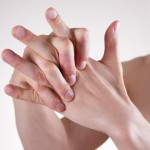
Conclusion
Some people who crack their knuckles do it out of habit or boredom. Many others say it helps relieve joint pain and tension and allows for a greater range of motion in their joints. If you are in the habit of cracking your knuckles, the evidence available today suggests that it will not cause you to develop arthritis. While some insatiable knuckle crackers may go on to develop problems down the road, the occasional painless cracking is probably harmless.
Keep in mind, though, that while cracking your knuckles seems like nothing more than an innocent, mindless habit, for the person sitting next to you, it may be just as irritating as the sound of fingernails on a chalkboard.
by Krisha McCoy, MS
More PTandMe articles about arthritis can be found here:
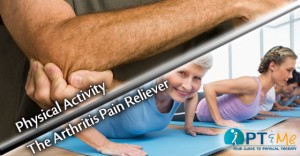
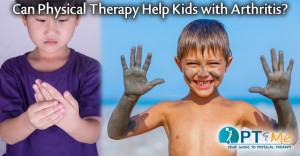
REFERENCES:
Brodeus R. The audible release associated with joint manipulation.J Manipulative Physiol Ther. 1995;18:155-164.
Castellanos J, Axelrod D. Effect of habitual knuckle cracking on hand function.Ann Rheum Dis. 1990;49:308-309.
Protapapas MG, Cymet TC. Joint cracking and popping: understanding noises that accompany articular release.J Am Osteopath Assoc. 2002;102:306.
Swezey RL, Swezey SE. The consequences of habitual knuckle cracking.West J Med. 1975;122:377-379. Available at: http://www.pubmedcentral.gov/picrender.fcgi?artid=1129752&blobtype=pdf. Accessed July 11, 2006
Watson P, Hamilton A, Mollan R. Habitual joint cracking and radiological damage.Br Med J. 1989;299:1566.
Watson P Kernohan WG, Mollan RA. A study of the cracking sounds from the metacarpophalangeal joint.Proc Inst Mech Eng. 1989;203:109-118.
3/17/2011 DynaMed’s Systematic Literature Surveillance DynaMed’s Systematic Literature Surveillance: Deweber K, Olszewski M, Ortolano R. Knuckle cracking and hand osteoarthritis.J Am Board Fam Med.2011;24(2):169-174.
EBSCO Information Services is fully accredited by URAC. URAC is an independent, nonprofit health care accrediting organization dedicated to promoting health care quality through accreditation, certification and commendation.
